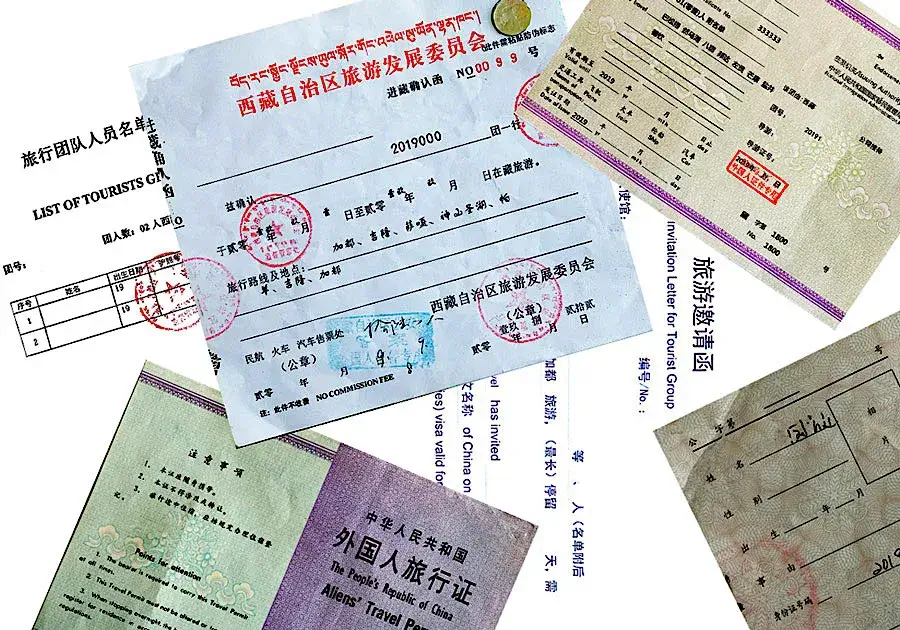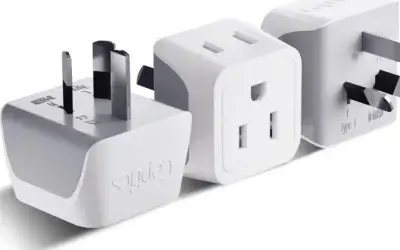How to Obtain a Tibet Travel Permit: A Step-by-Step Guide for International Travelers

How to Obtain a Tibet Travel Permit for Foreign Tourists: A Comprehensive Guide
Planning a trip to Tibet (Xizang) as a foreign traveler? Known for its breathtaking landscapes, sacred monasteries, and unique Tibetan culture, Tibet remains a bucket-list destination. However, due to its unique geopolitical status and cultural preservation efforts, foreign tourists must follow specific regulations to obtain a Tibet Travel Permit (TTP), also known as the Tibet Entry Permit or 入藏函. Below is a step-by-step guide to help you navigate the process seamlessly.
1. Who Needs a Tibet Travel Permit?
All foreign nationals (non-Chinese passport holders) and Taiwanese tourists must obtain a Tibet Travel Permit to enter Tibet. This includes:
• Foreign passport holders (regardless of residency status, even with a Chinese green card).
• Taiwanese travelers (using a Taiwan Compatriot Permit).
Note: Hong Kong and Macau residents with valid travel documents are exempt.
2. Key Requirements for the Tibet Travel Permit
To apply, you’ll need:
• A valid passport (with at least 6 months’ validity).
• A Chinese visa (tourist “L” visa recommended; other visas like work “Z” or student “X” require additional documentation).
• Exception: Citizens from visa-exempt countries (e.g., Singapore, Japan) may enter for up to 15 days.
• A confirmed itinerary (travel dates, cities, and attractions).
• Supplementary documents for non-tourist visas (e.g., work permit, school enrollment proof).
Important: Journalists, diplomats, or individuals with political affiliations may face restrictions.
3. How to Apply for the Tibet Travel Permit
Foreign travelers cannot apply independently—permits are issued exclusively through registered Tibetan travel agencies. Here’s the process:
Step 1: Book a Tour with a Licensed Agency
• Choose a Tibet group tour or private tour tailored to your interests (e.g., Lhasa cultural tours, Everest Base Camp treks).
• Provide your passport/visa scans and itinerary to the agency.
Step 2: Agency Submits Your Application
• The agency will apply to the Tibet Tourism Bureau (TTB) on your behalf. Processing takes 5–7 business days for standard routes (e.g., Lhasa, Shigatse).
• For restricted areas (e.g., Mount Kailash, Ngari), additional permits like the Aliens’ Travel Permit and Military Permit are required (allow 2+ weeks).
Step 3: Receive Your Permit
• For flights to Tibet, the original TTP must be mailed to you.
• For train travel, a scanned copy is sufficient.
4. Travel Restrictions to Note
• No independent travel: Foreigners must join guided group tours with a licensed driver and tour guide.
• Border areas: Visits to Everest Base Camp, Mount Kailash, or Ngari require extra permits.
• Accommodation: Stay only at government-approved hotels (涉外酒店).
5. Frequently Asked Questions
Q: Can I extend my stay in Tibet?
A: Extensions are rare and subject to strict approval. Plan your itinerary carefully.
Q: How much does the permit cost?
A: Fees are included in tour packages. Standalone permits are unavailable.
Q: What’s the best time to visit?
A: April–October offers mild weather. Winter visits may involve road closures.
6. Key Tips for a Smooth Trip
• Apply at least 20–30 days in advance, especially for complex itineraries.
• Carry printed copies of your permit and passport at all checkpoints.
• Respect local customs (e.g., no photography inside monasteries).
Conclusion
Securing a Tibet Travel Permit is essential for foreign tourists, but the process is straightforward with the right agency. By planning ahead and adhering to regulations, you’ll unlock the wonders of Tibet—from the Potala Palace to the turquoise waters of Yamdrok Lake. For personalized assistance, contact licensed agencies like Tibet Youth International Travel Service
Safe travels to the Roof of the World!
How to Make Payments in China
China offers a seamless cashless payment experience, making it essential for foreigners to understand popular methods like Alipay, WeChat Pay, and UnionPay. This guide explains how to set up and use these platforms, including linking international cards, scanning QR codes, and navigating digital wallets. It also covers the use of cash and other payment options like Apple Pay. With tips for travelers and key phrases to know, this article ensures a smooth payment experience in China. Perfect for tourists and business visitors, it highlights the convenience of China’s advanced payment ecosystem.
When to Travel to China
China, a vast and diverse country, offers a plethora of travel experiences throughout the year. With its varied climates, landscapes, and cultural events, the best time to visit depends on the regions you plan to explore. This guide will help you decide when to travel to different parts of China for an unforgettable journey.
Power Plugs / Sockets in China
China’s electrical system features a variety of plug types that can differ significantly from those travelers are accustomed to in their home countries. In China, two distinct power plug types, namely Type A and Type I, are widely utilized.


